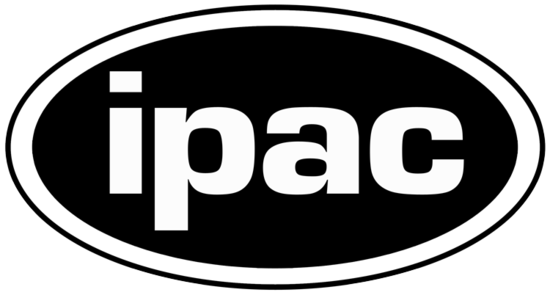Herschels View of G49 Filament

nhsc_nhsc2015-004a May 28th, 2015
Credit: ESA/Herschel/PACS/SPIRE/Ke Wang et al. 2015
New images of huge filamentary structures of gas and dust from the Herschel space observatory reveal how matter is distributed across our Milky Way galaxy. Long and flimsy threads emerge from a twisted mix of material, taking on complex shapes.
This image shows a filament called G49, which contains 80,000 suns' worth of mass. This huge but slender structure of gas and dust extends about 280 light-years in length, while its diameter is only about 5 light-years across.
In this image, longer-wavelength light has been assigned visible colors. Light with wavelengths of 70 microns is blue; 160-micron light is green; and 350-micron light is red. Cooler gas and dust are seen in red and yellow, with temperatures as low as minus 421 degrees Fahrenheit (minus 252 degrees Celsius).
In the densest and coolest clumps, the seeds of new generations of stars are taking shape. A brighter clump of matter is visible at the left tip of the wispy thread.
This filament is about 18,000 light-years away. The image is oriented with northeast toward the left of the image and southwest toward the right.
Read the full release and see more images at: http://www.esa.int/Our_Activities/Space_Science/Herschel/Threading_the_Milky_Way
Herschel is a European Space Agency mission, with science instruments provided by consortia of European institutes and with important participation by NASA. While the observatory stopped making science observations in April 2013, after running out of liquid coolant as expected, scientists continue to analyze its data. NASA's Herschel Project Office is based at NASA's Jet Propulsion Laboratory, Pasadena, California. JPL contributed mission-enabling technology for two of Herschel's three science instruments. The NASA Herschel Science Center, part of the Infrared Processing and Analysis Center at the California Institute of Technology in Pasadena, supports the U.S. astronomical community. Caltech manages JPL for NASA.
Provider: Herschel Space Observatory
Image Source: https://www.herschel.caltech.edu/image/nhsc2015-004a
Curator: NASA Herschel Science Center, Pasadena, CA, USA
Image Use Policy: Public Domain

- ID
- nhsc2015-004a
- Subject Category
- Subject Name
- Credits
- ESA/Herschel/PACS/SPIRE/Ke Wang et al. 2015
- Release Date
- 2015-05-28
- Lightyears
- Redshift
- Reference Url
- https://www.herschel.caltech.edu/image/nhsc2015-004a
- Type
- Observation
- Image Quality
- Good
- Distance Notes
- Facility
- Herschel, Herschel, Herschel
- Instrument
- PACS, PACS, SPIRE
- Color Assignment
- Blue, Green, Red
- Band
- Infrared, Infrared, Infrared
- Bandpass
- Central Wavelength
- 70000, 160000, 350000
- Start Time
- Integration Time
- Dataset ID
- Notes
- Coordinate Frame
- Equinox
- Reference Value
- 4.8527670212000E+01, -1.1125568552200E-01
- Reference Dimension
- 1800, 1641
- Reference Pixel
- 1431, 798
- Scale
- Rotation
- Coordinate System Projection:
- TAN
- Quality
- FITS Header
- Notes
- Creator (Curator)
- NASA Herschel Science Center
- URL
- http://www.herschel.caltech.edu/
- Name
- Telephone
- Address
- 1200 E. California Blvd.
- City
- Pasadena
- State/Province
- CA
- Postal Code
- 91125
- Country
- USA
- Rights
- Public Domain
- Publisher
- NASA Herschel Science Center
- Publisher ID
- nhsc
- Resource ID
- Resource URL
- https://www.herschel.caltech.edu/system/avm_image_sqls/binaries/163/original/nhsc2015-004a.tif
- Related Resources
- Metadata Date
- 2024-02-26T23:15:17Z
- Metadata Version
- 1.2
Detailed color mapping information coming soon...












